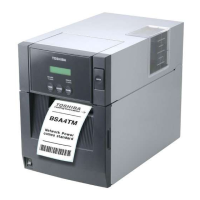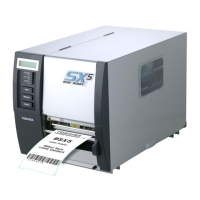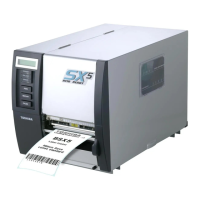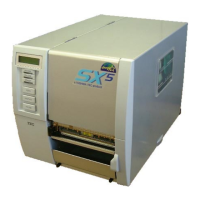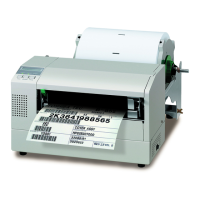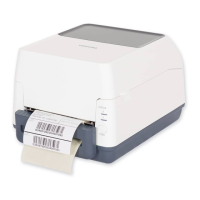What to do if my Toshiba Barcode Reader displays other error messages?
- AAnthony MillerSep 23, 2025
If your Toshiba Barcode Reader displays other error messages, it indicates a potential hardware or software problem. Turn the printer off and then on again. If the problem persists, turn off the printer again and contact a TOSHIBA TEC authorized service representative.



